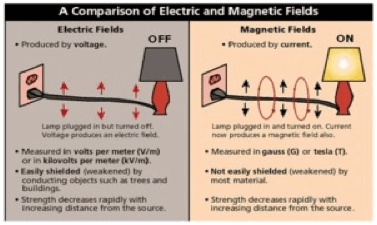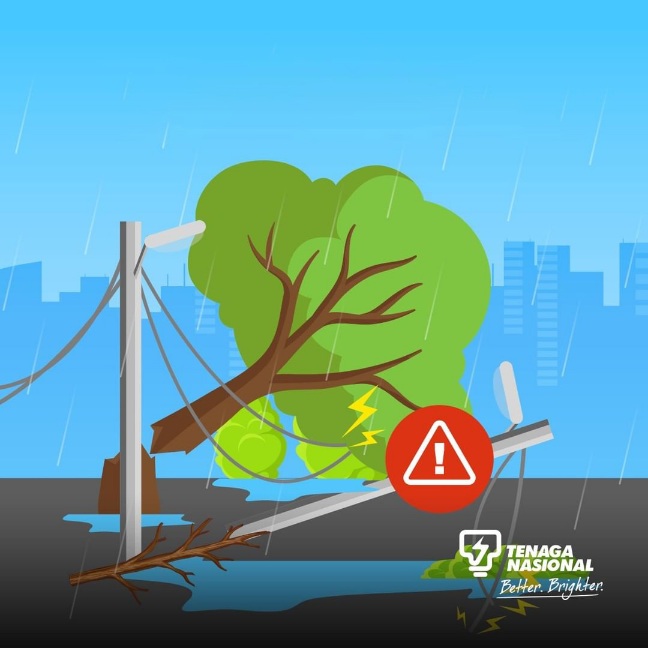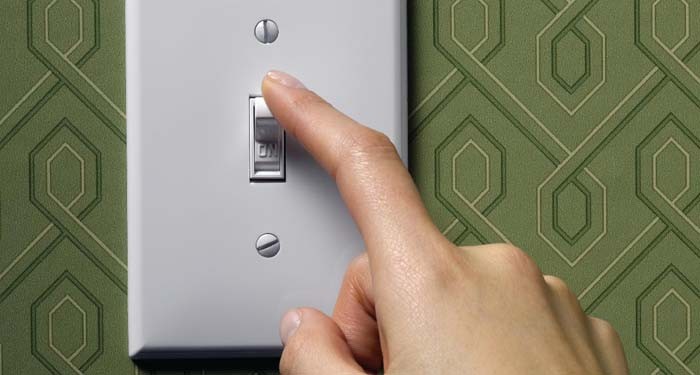Safety Do’s and Don’ts
Safety Do’s and Don’ts
Do’s
- Use high quality electrical appliances and certified with SIRIM
- Make sure that all main power sources are switched off when leaving home for long periods of time
- If an Earth Leakage Circuit Breaker (ELCB) trips when you try to switch it back on, there is a possibility of equipment or installation damage at your home. Appoint a registered contractor for further inspection
Don’ts
- Do not use obsolete or broken electrical appliances
- Do not use electrical appliances that have been exposed to water
- Do not touch any live wires
- Do not expose wiring to heat, vapor and pressure
- Avoid installing sockets near water source
- Do not fix extra wiring yourselves. Instead, hire a qualified contractor to do so
- Do not overburden an extension cord with too many types of electrical equipment
- Do not connect too many appliances from one power source. Avoid using a socket connector that is not approved
- Stay away from fallen electrical poles or power lines
RCCB
Electric & Magnetic Fields (EMF)
What is EMF?
Electric and magnetic fields (EMF) are present everywhere in our environment but are invisible to the human eye. Earth is a natural source of EMF; lightning is a product of electric field build-up during thunderstorms, while compass needles are oriented by earth’s magnetic field. Electricity, microwaves and radiofrequency fields are man-made sources of EMFs that form a major part of our modern life. Power frequency (50Hz in Malaysia) EMF is associated with electrical apparatus including power lines, underground cables and home appliances.
How do these fields behave?
Electric Fields
Electric fields are created by voltage - the higher the voltage, the stronger the electric fields. You will find an electric field near any electrical appliance that is plugged in, even if it is not operating. Electric fields are strongest closest to their source.
Magnetic Fields
Magnetic fields are created by current or electricity flowing through a wire. Magnetic field strength increases with current, so you will find a stronger magnetic field near an appliance when it runs on “high” than when it runs on “low”. Magnetic fields are also strongest close to their source. The following table provides comparison between electric and magnetic fields.

How are we exposed to power frequency EMF?
Everyday, we are exposed to the magnetic field at home, office or in an industrial environment. This is because of our close contact with the electrical appliances and machinery around us. And since these machines draw a large amount of current when they operate, they do produce some level of magnetic field.
Does this affect us?
Studies and researches conducted internationally by experts and recognized agencies over the years have shown no firm evidence of a link between EMF from power lines or other power supply installations and any acute or long-term effect on human health.
What is TNB doing to further reduce EMF emissions?
We are taking all necessary measures to reduce EMF emission. Amongst the steps taken are:
- Designing and configuring power lines and substations that minimise EMF emission.
- Providing extra precautionary measure by maintaining wider clearance than the statutory requirement.
- Complying with EMF regulations, guidelines or best practices recognized by international bodies.
- Prohibiting development directly beneath TNB lines and within their right-of-way to ensure safety clearances.
- Reviewing and updating scientific findings on EMF across the world and continuing to reassess any implications for the way in which we operate.
| Electric Fields | Magnetic Fields |
| Produced by voltage (pressure which forces electricity along wires). | Produced by current flow (when the apparatus is switched on) |
| Measured in volts per meter (V/m) or in kilovolts per meter (kV/m). | Measured in gauss (G) or Tesla (T). |
| Easily shielded (weakened) by conducting objects such as trees and building. | Not easily shielded (weakened) by most material. |
| Strength decreases rapidly with increasing distance from the source. | Strength decreases rapidly with increasing distance from the source. |
Electrical Safety Guidelines During Flooding

Safety Guidelines
There are some things to be aware of should a flood occur in your area:
- Never touch any electrical appliances or switches with wet hands.
- Be careful when handling any appliances that have been submerged in water. Get htem inspected and tested by certified electrical contractors before reuse.
- If you have to move to a temporary evacuation center, make sure the main switch has been turned off.

Tenaga Nasional Reinstallation
When flooding occurs, electrical wires and poles may be exposed to hazards such as fallen trees. In this situation:
- Do not approach or touch any snapped electrical wires as they may still conduct electricty
- Keep an eye on your children and know where they are
- Do not try to repair the damage yourself. Contact our nearest office or call our Careline at 15454. Remember, Tenaga Nasional is in charge of overhead cables, feeder pillars, sub stations and underground cables, and will repair or replace them if damaged.
ELECTRICITY THEFT
What to do if someone approaches you to save electricity consumption?
Please check with Energy Commission to confirm :-
- A person who will be doing the electrical work whether he is registered with Energy Commission; and
- Method to be used in installing a device whether legal/illegal (MIT) to the existing internal/external electrical wiring meter installation.
How to act if your meter has already been tampered?
You should inform TNB and only TNB personnel are allowed to check/verify meter condition . At the same time, you should report to Energy Commission and all relevant documents pertaining to the details of syndicate (business card, payment receipt etc) must be kept for further investigation by Energy Commission.
What should you do if someone installs/ modifies internal/ external electrical wiring?
You should inform TNB and only TNB personnel are allowed to check/verify meter condition. At the same time, you should check with Energy Commission whether a person/contractor has been registered with them.
What should you do if someone offers to modify/tamper your meter installation?
You should report to Energy Commission and all relevant documents pertaining to the details of syndicate (business card, payment receipt etc) must be kept for further investigation by Energy Commission.
Are you still liable if TNB finds MIT at any premises registered under your name as account holder?
Registered consumer is fully responsible for the amount of loss of revenue (under charged) as TNB have only to prove a case of MIT and not to prove the perpetrator.
You are advised to close the account registered under your name if the property is rented out.
What happens when MIT occurs?
Report of MIT case
TNB will investigate
TNB will calculate amount of loss of revenue (under charged) - amount not recorded due to MIT
TNB will disconnect electricity supply as provided under Section 38(1) of the Electricity Supply Act 1990 due to offence committed under Section 37(1), (3) or (14). A consumer is also subject to criminal proceeding which provides punishment as follows :
|
Fees & charges
Amount of loss of revenue (under charged).
Cost of changing meter/expenses due to MIT.
How to report a MIT case to TNB?
|
Call or Fax TNB One Stop Enquiry Centre 1300-88-5454 |
|
Submit |
|
Visit |
||
|
TNB Careline |
How to report a MIT case to EC?
|
Energy Commission Toll Free Number |
Website | Tel | Fax | Visit |
| 1-800-2222-78 | www.st.gov.my | 603-8870 8500 | 603-8888 8637 |
Energy Commission, No. 12, Jalan Tun Hussein, Precinct 2, 62100 Putrajaya, Malaysia. |


